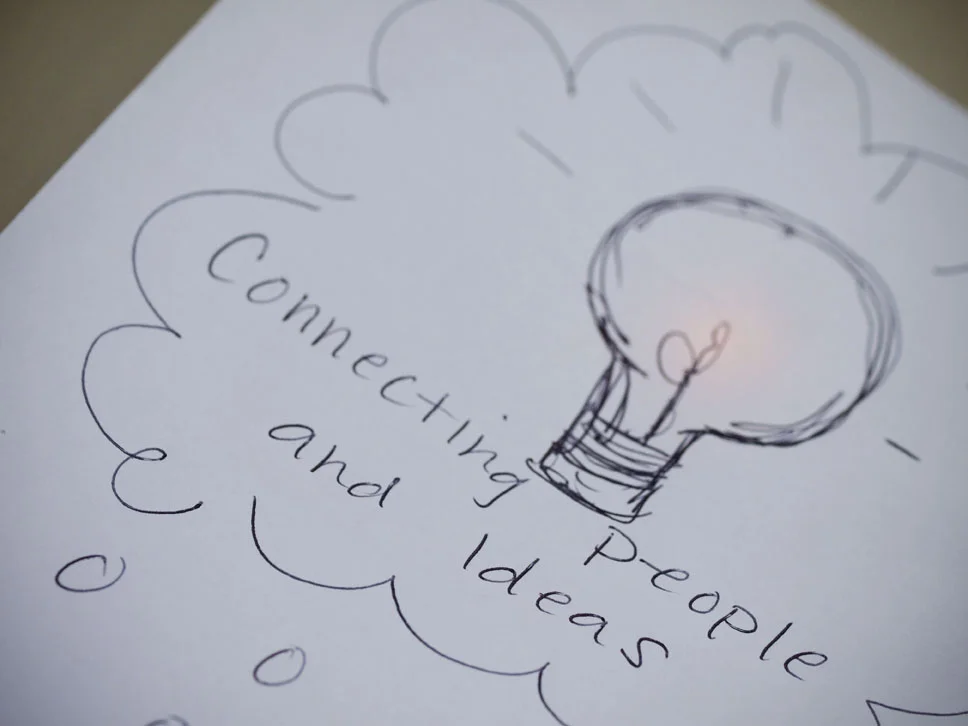David Cole of CV2 and I went to Denver, CO to hack notebooks with the second cohort of Intersections and the Denver Writing Project’s Tech Matters group. Now in our final installment, we reflect on a parent-child workshop with The Tech Museum of Innovation in San Jose from Saturday, June 28.
The workshop at The Tech involved a couple of firsts for us: our first museum workshop and our first intergenerational workshop. To adapt our previous workshop model for this particular environment and audience, we collaborated with members of the museum’s education and exhibitions teams: Bridget Rigby, Prinda Wanakule and Rebekah Nelson.
Last week, David Cole of CV2 and I went to Denver, CO to hack notebooks with the second cohort of Intersections and the Denver Writing Project’s Tech Matters group. Then on Saturday, we ran a workshop with The Tech Museum of Innovation in San Jose. This week, we’ll be looking at these different groups and reflecting on what we learned working with these different constituencies.
Intersections is a National Science Foundation-sponsored project lead by the National Writing Project (NWP) and the Association of Science-Technology Centers (ASTC) that supports the collaboration of formal and informal educators to develop learning experiences for youth that connect science and literacy. Five teams of classroom teachers and museum educators from across the country gathered for the week to explore topics including design thinking, the very real power of informal science education, scientific narrative and argumentation and education experiences as game design. NEXMAP is all about working on the edge of unexpected or non-traditional ideas, spaces and media, so we felt right at home.
Design thinking is getting a lot of attention in some education and business circles these days. More people are realizing the importance of putting the user at the center of the design process to ensure whatever is being made meets their actual and not perceived needs. Quality education experiences likewise require program staff to design for specific contexts.
Working with so many different types of people—classroom teachers, museum educators, library patrons and the general public—means that we get the opportunity to examine crafting creative learning experiences from many different perspectives. The result is the ability to apply the insights unique to each group and use them to benefit how we design for the others. As we gather more information about what works and what doesn't, we are able to iterate and improve upon materials and activity structures to provide the most engaging experiences possible.
The education system is complex. It has diverse stakeholders and plays out in equally diverse environments. To make any sort of sustainable change, you have to be able to engage many stakeholders at all levels of systemic influence. As Inside/Out seeks to change how people think about creativity, STEM and notebooking, we’ve found a strong cohort of teacher-leaders to help us explore how these practices might live in a classroom. In the past five days, we’ve added new stakeholders to the conversation: makers, entrepreneurs, museum educators and pre-service teachers.
Teachers, SFUSD staff, and museum educators gathered at the M. H. de Young Memorial Museum to explore how science inquiry and fine art can combine to create rich interdisciplinary units for students across the K-12 spectrum for a day of professional development as part of the Science, Literacy, and Arts Integration in the Twenty-First Century (SLANT) program. Click here to read more.






